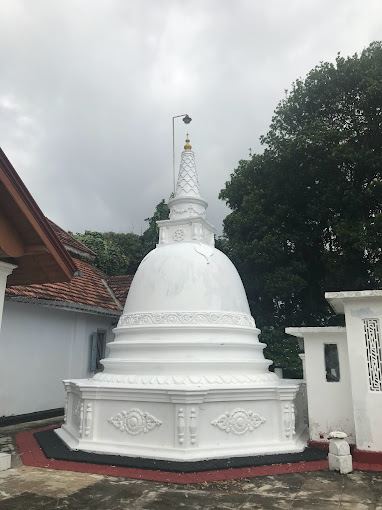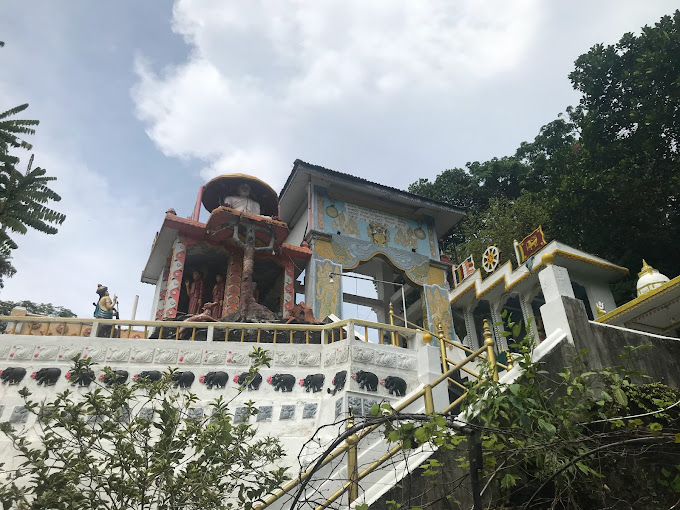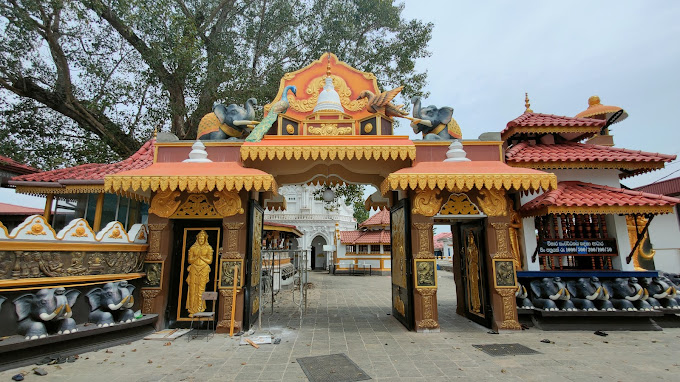- Area: Sri Lanka
- Type: Attractions
- Group: 250-210 BC Buddhism Viharaya
Although now operating as five different temples, it is believed that these 5 temples belonged to one large temple complex covering over 6 square kilometers in the ancient past. Based on archeological studies, this temple complex has been found to be built by King Devanampiyatissa (250-210 BC) according to Mr. R. Ayrton, Commissioner of Archeology (1912-1913). During the reign of the Polonnaruwa kingdom, all five temples have been under the Galapatha Viharaya.
During the Portuguese occupation of the low country (1505 to 1658), this temple too faced the same fate as all other Buddhist temples in the coasted areas. Demolished and looted of all valuables by the Portuguese, this temple stayed hidden inside the jungles until it was re-discovered in the mid-1800s.
The Bodhi Sameepa Viharaya is the place where a secondary Bodhi Tree was located, Vanawasa Rajamaha Viharaya is where the Bikkus residential ‘Kuti’ were located, Bodhimaluwa Rajamaha Viharaya is where the sapling of the Sri Maha Bodhi was planted, the main image house and the relics of Maha Kasyapa Thero were enshrined at Galapatha Viharaya and Gane Rajamaha Viharaya is where the main Vehera (stupa) was located.






It was known that all these temples were connected through underground tunnels but any proof of these tunnels was missing until a garbage pit of Wanawasa Rajamaha Viharaya exposed a tunnel long forgotten.
After facing destruction and looting during the Dutch and the Portuguese occupations, today Wanawasi Rajamaha Viharaya is a normal Buddhist temple in all aspects but the uniqueness of this temple is this tunnel which now has been excavated and restored to an extent. An ancient rock pillar door frame at the entrance to this tunnel can still be seen today.
The temple is located on a rocky hill 100-150 feet above sea level and the tunnel has been cleared up to about 20-30 feet.
The entrance to the tunnel is through a gaping mouth of a lion ( recently built) and the tunnel opens into a circular chamber converted into a mini image house with murals of the recent era.

